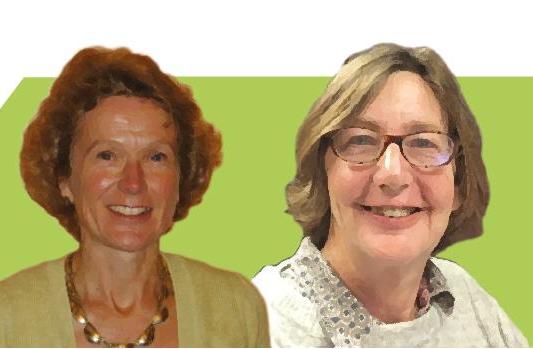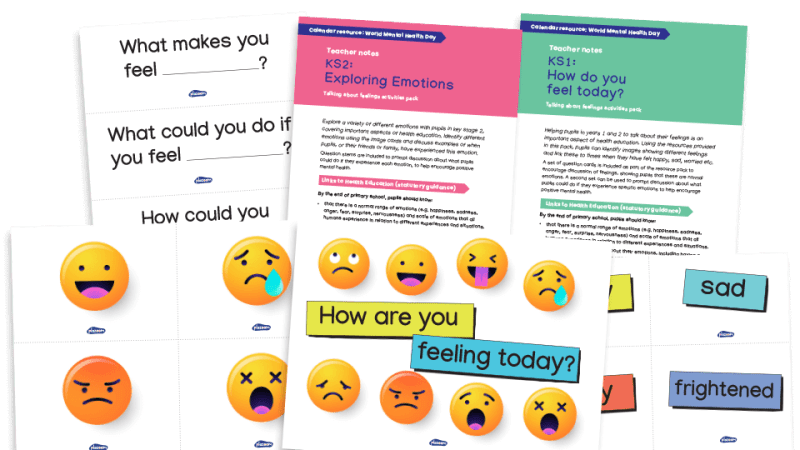If You’re Going To Provide Speech Support, Make It Available To ALL Pupils

Henrietta McLachlan and Alex Hall take a look at what supporting the SLCN of all pupils actually involves in practice – and where schools have a tendency to get things wrong…

Staff in educational settings will be well of aware how fundamental speech, language and communication skills are to children’s academic, social and emotional development, and the way in which vast numbers of children are being held back by delays and difficulties in this area.
So what forms of training and staff awareness initiatives can make a difference?
Common pitfalls
We know from research previously commissioned by the government that as many as 60% of teachers lack the confidence and ability to effectively focus on pupils’ spoken language skills, which will inevitably have an impact on their level of achievement.
In 2008, a review of services for children and young people with SLCN led by John Bercow found that staff development for adults working with these children on a daily basis would be needed to rectify this.
However, despite the number of initiatives and training programmes made available to schools in the years since, we’ve yet to see the widespread and long-term change in staff practice that’s required.
Teachers and TAs may struggle to put new learning into practice after attending training course, or find that a new focus on children’s communication isn’t in tune with their school’s current priorities. Some may move on, leaving their previous school without the necessary in-house expertise.
Consequently, even where key staff have had appropriate training, audits of school practice often don’t demonstrate physical environments, lesson planning or staff-pupil interactions that support children’s spoken language development.
Interventions vs whole-school
Many initiatives intended to address SLCN seem to emphasise meeting the needs of the few, rather than the many.
Examples of this can include referrals to speech and language therapists, or training individual school or early years staff to work with small groups of children separately from their class groups.
Whole school approaches to supporting children’s speech and language have great merit because of how they’re embedded within curriculum delivery, with support provided by all staff throughout the school day.
A set of recent studies sought to evaluate the effectiveness of whole school approaches in terms of their effects on staff knowledge and confidence and impact on children of different ages.
Elklan’s ‘Communication Friendly Settings’ approach sees cost effective cascade training given to whole school staff and ongoing support provided for those on the front-lines.
Having access to locally trained staff within a whole school environment audit and accreditation scheme ensures that changes are sustainable and are embedded in practice.
The first study, funded by the London Schools Excellence Fund, provided training to 66 teachers and TAs in five primary, secondary and special schools, who then cascaded this training to a further 260 staff in their respective schools.
Support was provided by both the directly trained staff within each school and between the schools through a professional sharing network.
By providing this support and bringing their schools forward for audit and accreditation as Communication Friendly Settings, the directly trained staff were themselves able to achieve accredited qualifications.
‘Before’ and ‘after’ questionnaires, combined with direct observations of staff in the schools involved in the project, found that knowledge of communication skills and use of appropriate teaching methods increased between the pre- and post-training stages by 22% to 32%.
A second study aimed at early years settings, Talking Matters, reported similarly positive impacts on staff knowledge, but also on the children.
Why it works
The Communication Friendly Setting approach is highly effective for the following reasons:
1. Senior leadership commitment The approach requires an ongoing commitment to prioritising speech, language and communication, releasing staff to receive and deliver training and make changes regarding whole school policies and teaching methods.
2. Cascade training Cost is a common barrier to accessing training for staff. Where a ‘cascade training’ approach can help is in its potential to increase the knowledge of all school staff, after just one or two have attended an external training course.
This also gives schools flexibility in setting their own timetables for internal training, making it easier for staff to attend.
3. Accredited training Under the Communication Friendly Setting approach, two teachers and two TAs will receive high quality face-to-face training from SLTs or specialist teaching advisors.
The course covers a wide range of topics, exploring different aspects of language and communication development and providing simple and effective strategies to support all children, but particularly those with SLCN.
These members of staff – the Lead Communication Practitioners – achieve accreditation in the form of nine Credits at levels 2 or 3. This means that they have a sound knowledge of the area which they can share with the rest of their staff through a cascaded ‘lighter’ version of the course and ongoing on-site support.
Once they have developed the skills of other staff members, Lead Communication Practitioners are then able to achieve credits at Level 4, which not only provides substantial motivation for individuals to make progress, but also a built-in process for ensuring the quality of training and learning throughout the school.
4. Whole-school or setting implementation If a setting is to become ‘Communication Friendly’, every member of staff will be required to make changes for the benefit of all the children. Giving every member of staff some ownership of the new approach will help make it resilient should staff change or other new initiatives come along.
Moreover, it will ensure that there’s consistent support for children as they move through the school and between staff.
5. Whole-school or setting implementation Practitioners welcome things they can get on and start doing immediately within everyday situations. These can include structuring the interior and exterior learning environment so that it promotes communication through play and learning, in a space that’s comfortable and clutter-free.
Other changes to working might include a greater emphasis on modelling speech and language, simplifying spoken language and use of visual supports, as well as being more effective in the use of questioning and sensitive to how questions ought to be adapted for different children.
What staff development should you choose?
The Communication Trust’s What Works in Training database is a good starting point when trying to identify an organisation who might be able to provide an appropriate whole school SLCN training programme.
It’s best to choose one that will support your staff whilst they implement their learning, and which has provision for sustainability built into it.
Whichever organisation or training programme you decide to use, commitment from the senior leadership team is crucial to support change throughout the school.
Henrietta McLachlan is a qualified SLT, a trainer of school staff since 1990 and co-founder with Liz Elks of the SLT training consultancy Elklan.
Alex Hall is a qualified SLT and has previously worked across the public, voluntary and commercial sectors with children who have SLCN and adults with learning disabilities.







